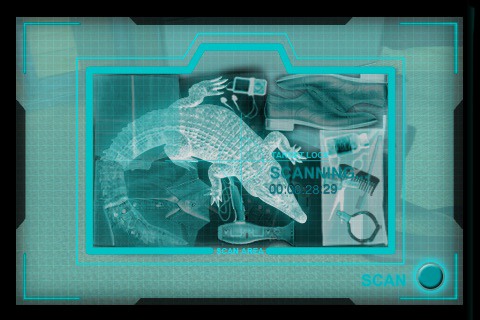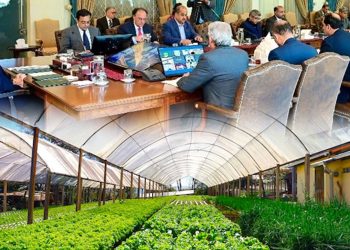The Federal Board of Revenue’s (FBR) Customs wing has introduced a new automated process in the WeBOC system for scanning containerized import consignments of industrial raw material for their speedy clearance at ports.
A statement issued by the FBR on Wednesday said that the non-intrusive inspection system by the Customs was a long-awaited initiative aimed at replacing the physical inspection of cargo and reducing the dwell time at ports by using the latest scanning technology in line with the international best practices.
Karachi Port and Port Qasim have Customs scanning facilities installed with the assistance of the Japanese government under the Japan International Cooperation Agency (JICA) program in addition to the scanners of terminal operators.
The blue channel will be part of the risk management system (RMS) through which Customs will be able to select consignments of containerised cargo by using a computer programme and targeting suspected shipments.
The system will operate without human intervention, which is designed to be based on risk profiling and risk parameters. The scheme will lead to a reduction in physical examination of goods, which is time-consuming, costly and causes port congestion.
The programme has been implemented initially at two Karachi Port terminal – KICT and SAPT – and at Port Qasim terminal QICT with effect from April 19, 2021 for industrial raw material and a drastic reduction in clearance time of such consignments has been observed.
The World Customs Organisation recommends the scanning of suspected cargo at ports and border stations for the security of supply chain under its Security and Facilitation Framework (SAFE) and the Kyoto Convention.
By implementing the blue channel, Pakistan Customs will not only be able to ensure the security of supply chain but will also ensure the correct declaration of goods and secure legitimate payment of duty and taxes by the importers.
This technological intervention will facilitate trade by reducing clearance time, saving cost, and easing port congestion, leaving a positive impact on the overall cargo to dwell time.






